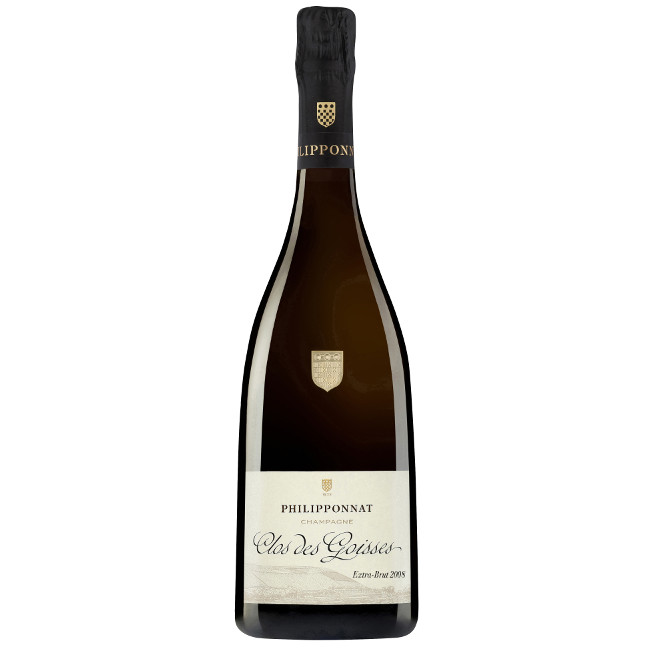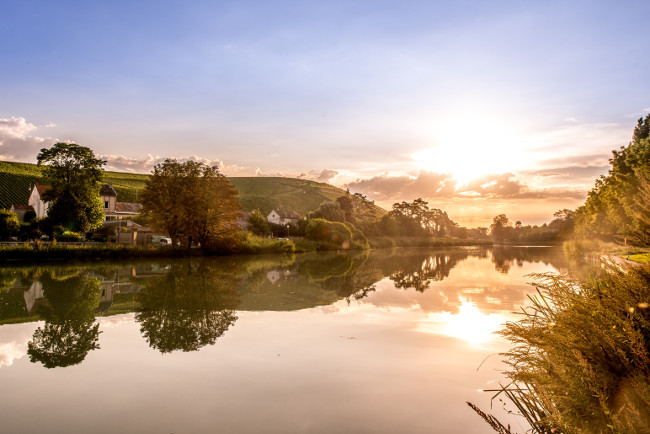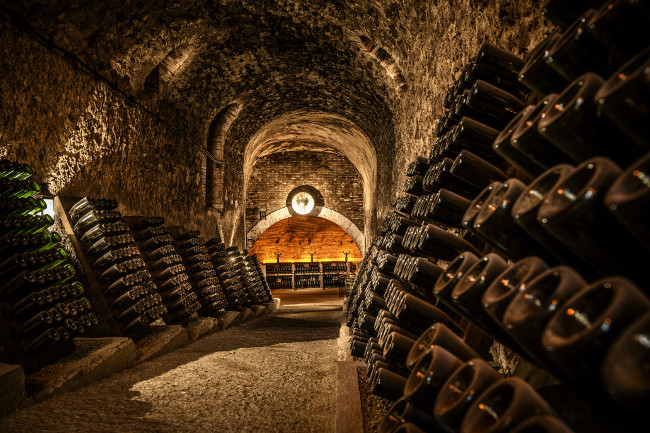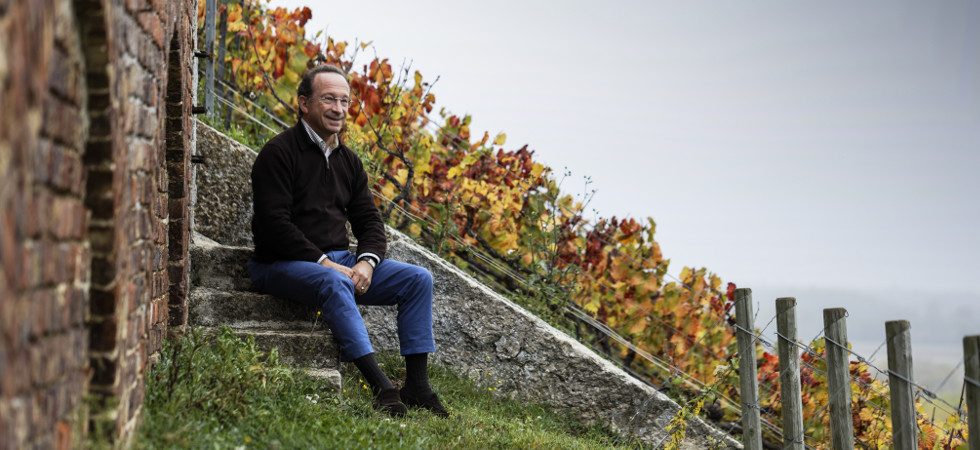At first glance, to describe one of Champagne’s most venerable brands as a ‘mere’ wine is curious at best. Single-vineyard Clos des Goisses undergoes secondary fermentation in bottle and is aged in dark cellars for many years – as is Krug, Dom Perignon, Cristal and other famous brands. It sparkles, just like any other Champagne. Yet in a sense, the catch-all tag of Champagne doesn’t do Clos des Goisses justice – this is a wine, and a very special one at that. It is wasted on flutes and Christmas parties.
However, for decades Champagne was overwhelmingly marketed as a superior choice for celebrations, rather than as a accompaniment to food. Of course, a small percentage of wine lovers have always purchased luxury fizz as part of their culinary diet, but the phenomenon of opening a bottle of Champagne for anything other than the obligatory New Year chink was alien to most consumers.
But times change. Champagne comes in all guises – rose, dry, sweet, light and full-bodied – and so is far from a homogenous category. Moreover, as Clos des Goisses so effortlessly demonstrates, some Champagnes really shine when paired with food. Here we have a great gastronomic wine that deserves to be paired with equally memorable cuisine. Anything else would be sacrilege.

The point was proved in June 2019, when house president Charles Philipponnant invited me to dinner at Michelin-starred restaurant Le Foch, in Reims. Affable and gracious to a fault, Charles provided the opportunity to taste two legendary vintages – 2008 and 1992. We’ll come onto that in a second, but first some history is probably required.
Clos des Goisses is the jewel in the crown of Champagne house Philipponnant, which is today owned by the Lanson-BCC corporation. Run by a descendant of the original founding family, the firm’s history goes back to the 16th century. However, it was founded as a Champagne house in 1910, in the small village of Mareuil-sur-Ay. Today it produces a range of ‘serious’ Champagnes, which are often described as “food friendly,” which is a very fitting summation of what this house is about. Partially oak-fermented, Pinot Noir- dominant and lightly dosed wines creates a distinct house style – no where is this more true than Clos des Goisses.
The title is given to a 5.5 hectare vineyard which is arguably the most famous single-vineyard in Champagne. Philipponnant acquired it in 1935 – the brand was renamed ‘Clos des Goisses’ from ‘Vin de Goisses’ in 1959. Since then, the house has been making Clos des Goisses in almost every year, only missing terrible vintages such as 1984 and 1987. The vineyard itself is beautiful, renowned for its steep, fully south-facing slope that shimmers in the morning sunshine. But there are over 15 distinct parcels, including the famous slope, that make up this legendary vineyard, planted with Pinot Noir and Chardonnay.

Today this stunning wine has more than a few fans in the wine trade, and I’m one of them. Its magic lies in the ageability; more experienced writers have tasted vintages from the 1950s in ideal condition. This is a wine that you can buy with confidence if you intend to cellar it and sell it at auction decades down the line. The scarcity of prized vintages such as 1952 means that Clos des Goisses always fetches a handsome price at auction.
Yet the release price of recent vintages such as 2009 is not extortionate – under £150 typically. When one considers the price of wines such as Lafite and Montrachet, that makes Clos des Goisses something of a bargain.
Our dinner started with the 2008 Clos des Goisses and a crab starter, both of which impressed. That being said, while the food was excellent, it was the wine that stole the show that evening! 2008 was a magnificent vintage in Champagne, as the bottle Charles brought along so ably demonstrated. Tight and impressively structured, the 2008 is showing great promise, albeit its real brilliance has not really started to shine. There was a tightrope being walked, between the dark fruited Pinot Noir on the nose and the lemony, creamy Chardonnay in the mouth, all carried by a core of minerality and fierce acidity. This one will run and run.

The 1992, however, was really showing all its charms. Paired with a lightly seared lamb rump, it was one of those moments when conversation stopped dead. Open, graceful and utterly charming, the 1992 was amazingly exotic and ripe, boasting aromas of pear, apple, lemon, graphite, mandarin, with apricot and vanilla on the palate. There was everything you could hope for: freshness, depth, complexity and great length. There is also a rarer than rare Clos des Goisses rose, which I have yet to try.
As we parted company, Charles Philiponnant asked me whether I considered Clos des Goisses a Champagne or wine. It’s not a silly question at all; the mention of the word Champagne invokes all the marketing and ‘fuss’ surrounding the region, as much as the quality of the final product. Clos des Goisses isn’t simply a Champagne therefore – it sells itself and requires no flashy promotion – or simply a fine wine. It’s both. A rare combination indeed.
Image at the very top of the article caption: President Charles Philipponnant admires his precious vineyard






















